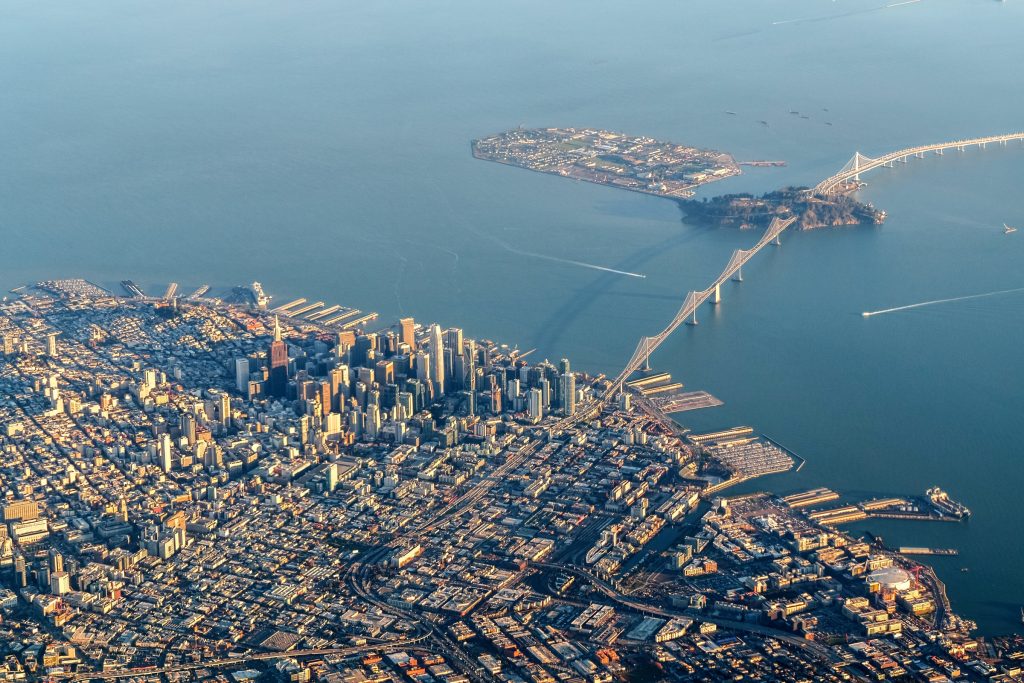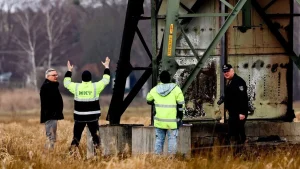Sinking Cities: Unprepared for Rising Seas
1 min readCities Aren’t Prepared for a Crucial Part of Sea-Level Rise: They’re Also Sinking
Sea-level rise is a well-known consequence of climate change, but what many people don’t realize is...

Cities Aren’t Prepared for a Crucial Part of Sea-Level Rise: They’re Also Sinking
Sea-level rise is a well-known consequence of climate change, but what many people don’t realize is that many coastal cities are also sinking. This can exacerbate the effects of rising sea levels and pose serious threats to infrastructure, homes, and livelihoods.
For example, cities like New Orleans, Jakarta, and Venice are all experiencing subsidence, or sinking land, in addition to sea-level rise. This means that even if we were able to completely halt global warming and stop the melting of ice caps, these cities would still be at risk of flooding and inundation.
Unfortunately, many cities are not adequately prepared for this dual threat of sea-level rise and sinking land. Infrastructure built on unstable ground is at risk of collapse, drinking water supplies can become contaminated with saltwater, and coastal communities may be forced to relocate.
It is crucial that city planners, policymakers, and residents take into account both sea-level rise and sinking land when developing strategies to adapt to climate change. This may involve implementing green infrastructure projects, elevating buildings, or even considering managed retreat from at-risk areas.
Ultimately, cities must address both the causes and consequences of sinking land and sea-level rise in order to build resilient, sustainable communities that can withstand the challenges of a changing climate.






